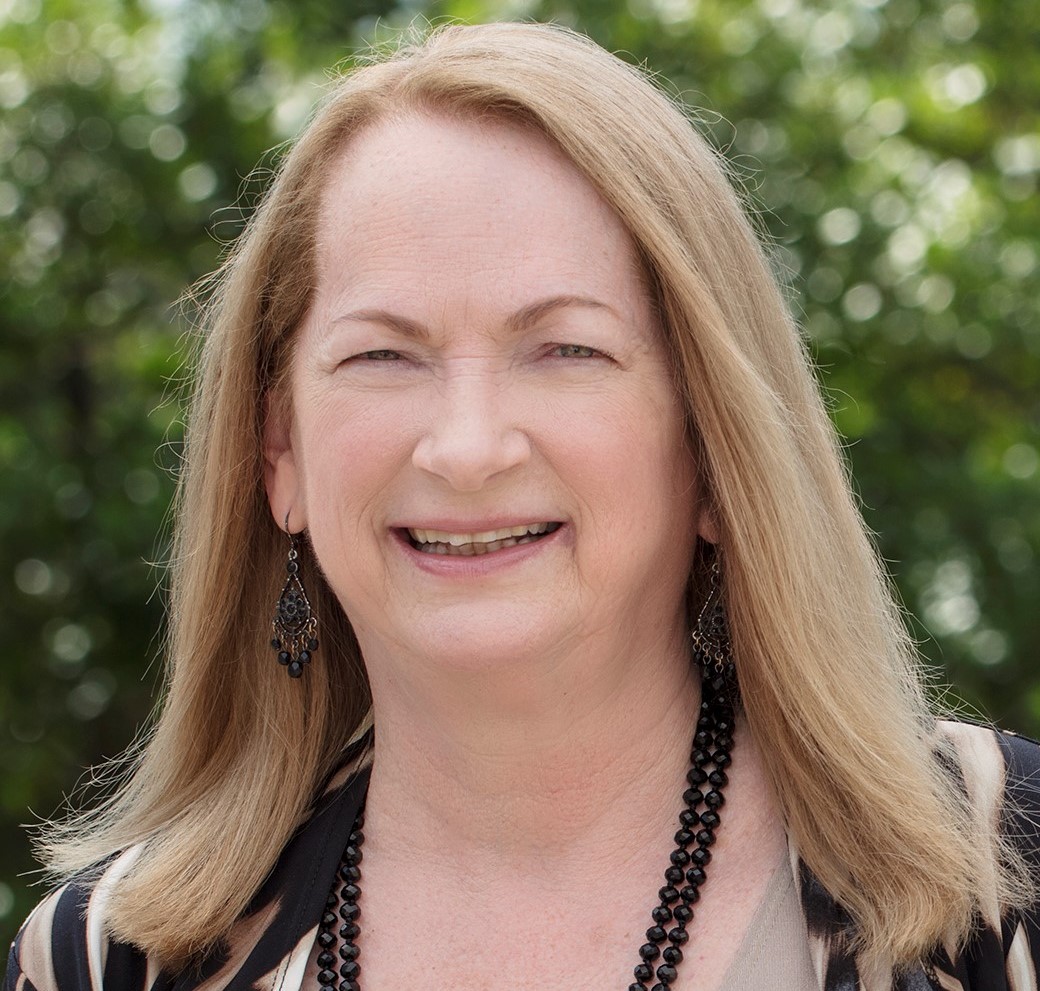
On January 28 on Facebook and YouTube Live, I had a great discussion with Donna D. “Iggy” Ignatavicius, MS, RN, CNE, CNEcl, ANEF, author of Developing Clinical Judgment for Professional Nursing and the Next-Generation NCLEX-RN® Examination.
Founder of Boot Camp for Nurse Educators®, Donna is nationally and internationally recognized as an expert in nursing education, including expertise in NCLEX®- and NGN-style test writing and curriculum development.
Through her company, DI Associates, Inc., she provides faculty development workshops and consultations. In 2020, the 10th edition of her leading Medical-Surgical Nursing: Concepts for Interprofessional Collaborative Care textbook and her student workbook were published to help students develop clinical judgment skills and be successful on the NGN.
We discussed the nuanced difference between clinical reasoning and clinical judgment.
Iggy describes clinical reasoning as the process of thinking, trying to figure out what’s going on with your patient, and what the outcomes will be. Critical thinking is just one kind of thinking needed for clinical reasoning — there’s also creative thinking, analytical thinking, and scientific thinking. All are needed for clinical reasoning. We do so so we can make a decision — and the outcome is clinical judgment.
Here is a series of highlights of Donna’s thoughts from our discussion that are relevant to nurse educators:
- Donna believes in “thinking in action like a nurse,” because nurses have to be able to act AND think at the same time. This is why active learning is so important in nursing education.
- This is in line with Dr. Pat Benner’s definition of clinical reasoning — the ability of the nurse to think in action and reason as a situation changes at the bedside. Dr. Benner’s book Educating Nurses advocates for radical transformation in nursing education by bringing education back to the bedside of patient care and emphasizing clinical reasoning.
- In 1958, Ida Jean Orlando started the nursing process that still guides nursing care today. The nursing process functions as a systematic guide to client-centered care with 5 sequential steps: assessment, diagnosis, planning, implementation, and evaluation. The nursing process remains foundational as a clinical reasoning model in nursing education.
- Tanner’s model of clinical judgment includes four phases of clinical reasoning: noticing, interpreting, responding, and reflecting. All of these reasoning steps can be made into a reflective question to integrate into case-based scenarios.
- NCSBN’s Clinical Judgment Measurement Model builds on the nursing process and integrates essential reasoning steps that lead to the development of clinical judgment. Researchers drew upon literature in nursing, nurse pedagogy, cognitive psychology, psychological assessment, and decision science related to decision making and nursing clinical judgment.
- A Crisis in Competency: The Strategic and Ethical Imperative to Assessing New Graduate Nurses’ Clinical Reasoning (Kavanagh and Szweda) identified that only 23% of graduate nurses met entry-level expectations of clinical judgment despite passing the NCLEX.
- KeithRN unfolding clinical reasoning case studies are a helpful tool that educators can use to practice and develop clinical reasoning skills in students.
So what can we do as educators to emphasize clinical reasoning to better prepare nursing students for practice?
- Don’t plan courses around textbooks. It’s more important to teach a core number of skills that students can learn well and when to use them. Rely on your experience and use the book as a reference. As a clinician, you know what’s important! Bring a practice-based perspective to your content!
- Help students think in every learning experience. Don’t focus on lecturing. Help students prioritize knowledge, including where and when to use knowledge. Teach your thought processes-make them visible.
- There are four roles of a nurse educator: summarize, highlight, clarify and update. If you do those four things, your students will be good thinkers. Remember, you don’t have to teach it all!
If you teach students to clinically reason, your students will be able to answer NGN NCLEX questions and will be better prepared for clinical practice!
Keith’s Closing Thoughts
Lay the foundation of nurse thinking by using the nursing process as the first clinical reasoning framework students need to apply and understand.
Build on that foundation in the advanced level by teaching then integrate Tanner’s clinical judgment model into your curriculum using unfolding case studies that capture each clinical reasoning step of a) noticing, b) interpreting, c) responding, and d) reflecting.
When I first wrote my first unfolding case studies almost 10 years ago that are currently published on KeithRN and available in a much wider selection in my all-inclusive membership, I recognized the value of Tanner’s clinical judgment model and every case study integrates these essential reasoning steps through the use of open-ended questions.
KeithRN unfolding case studies can empower any motivated nurse educator to be the needed change to better prepare students for both practice and licensure. It truly is my pleasure to partner with you!
If you missed the interview, watch below:
Keith Rischer – Ph.D., RN, CCRN, CEN
As a nurse with over 35 years of experience who remained in practice as an educator, I’ve witnessed the gap between how nursing is taught and how it is practiced, and I decided to do something about it! Read more…
The Ultimate Solution to Develop Clinical Judgment Skills
KeithRN’s Think Like a Nurse Membership
Access exclusive active learning resources for faculty and students, including KeithRN Case Studies, making it your go-to resource.



